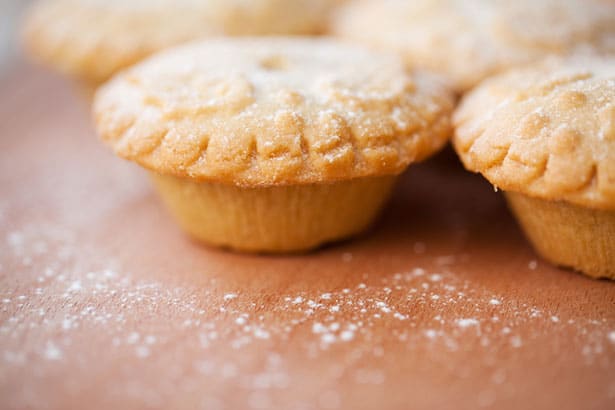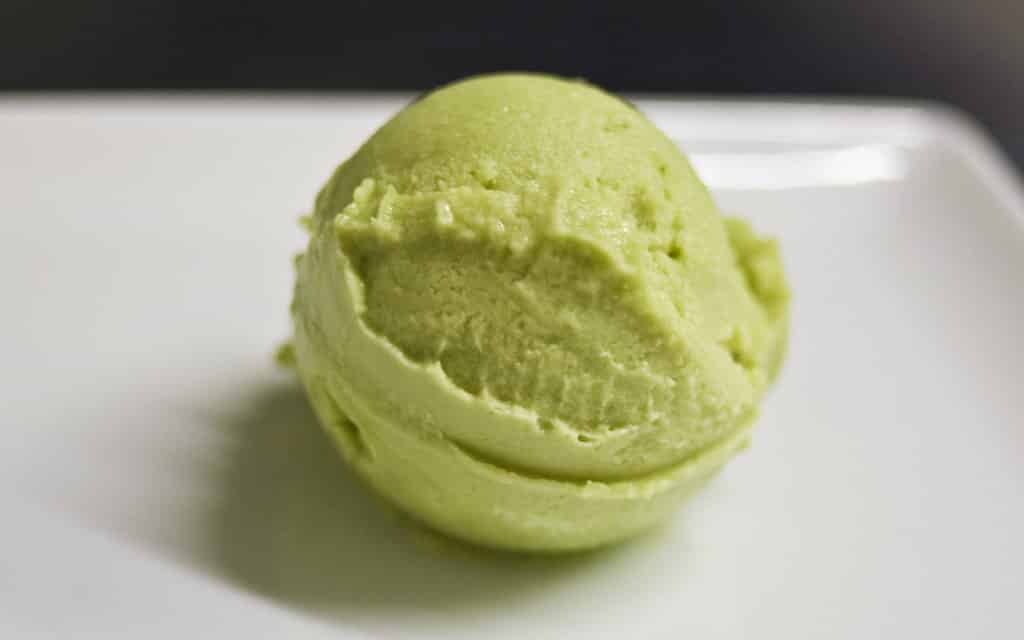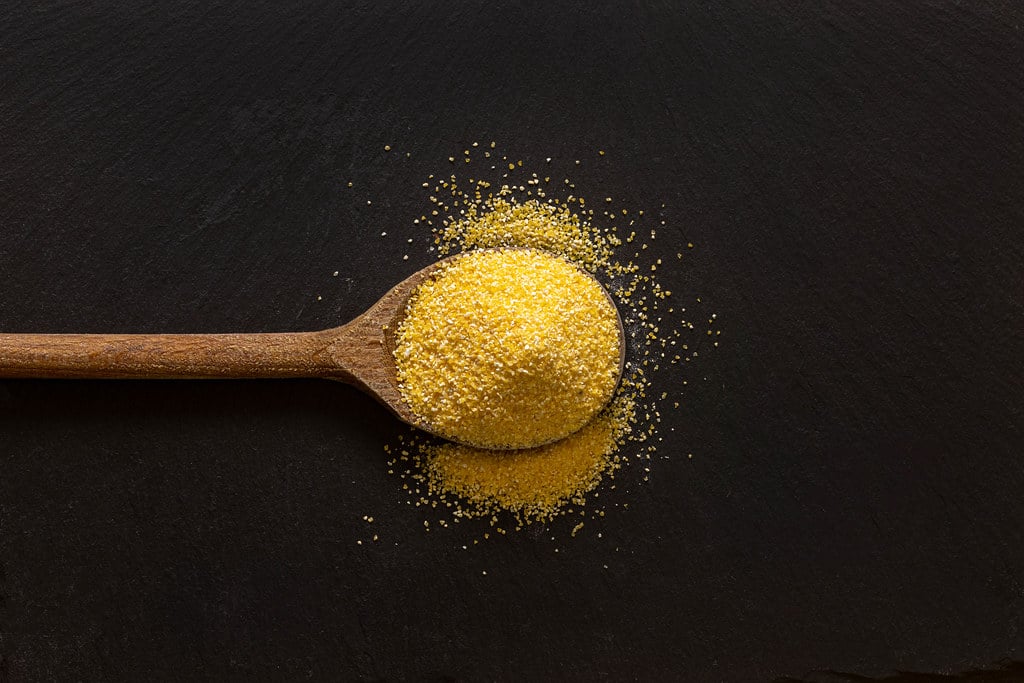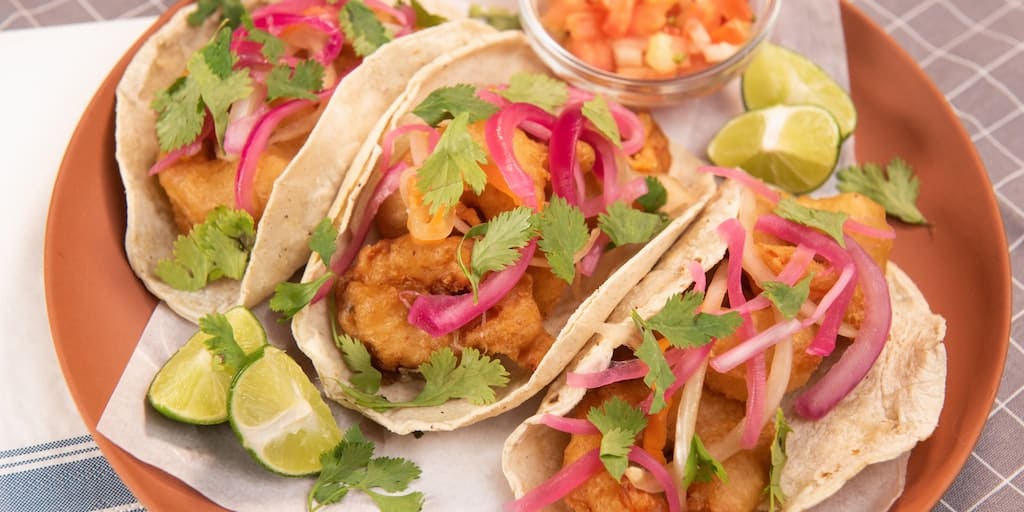- How to Make Ramen in the Microwave - December 29, 2025
- Slow Cooker Potatoes Recipe - December 29, 2025
- How to Cook Sweet Potatoes in Microwave - December 29, 2025
Jump into the exciting team starting with the letter P and feel the electric buzz they bring. This crew lights up every space and grabs all the attention, making every moment feel like a wild rollercoaster ride. Discover why joining this squad turns dull days into unforgettable adventures. Keep reading to learn what makes them the buzz everywhere and why joining means jumping into something really special and fun.
See the whole food dictionary!
Paella
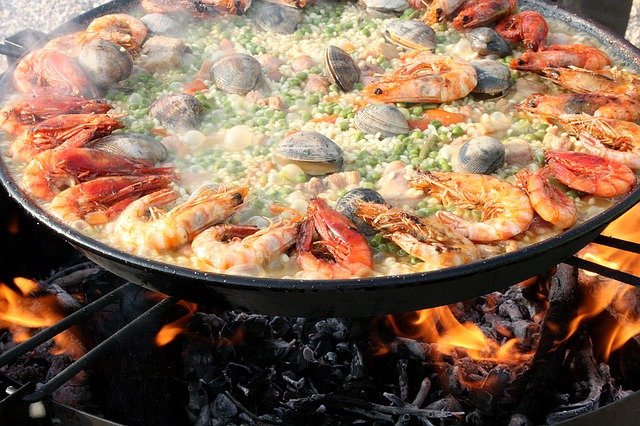
Traditional Spanish dishes made of rice as the main ingredient.
It originated in Valencia (paella means “frying pan” in the Valencian language).
This famous dish has many varieties, but usually contains meat or seafood and a combination of vegetables.
Saffron, which gives this meal a distinctive yellow color, is considered essential.
The mixture is combined and cooked in broth.
Pancetta
An Italian cured meat made from the belly of the big.
It can be eaten raw as an appetizer, in sandwiches or sauces. It is often included in cooked meals for the flavor.
It has a similar taste to bacon but without a smokey aroma.
Pancake
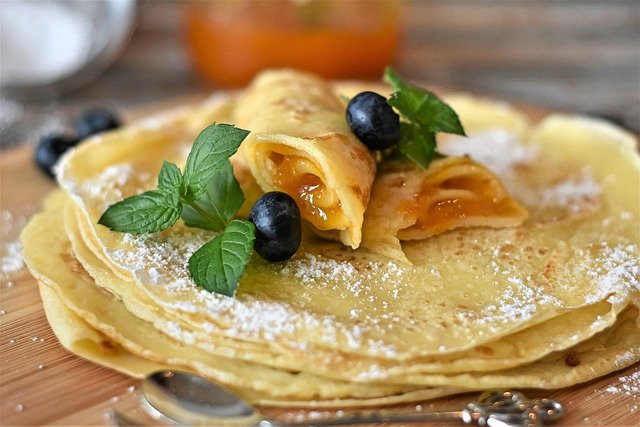
Round-shaped flat cake made of eggs, flour, milk, and butter.
It is fried in a pan, flipped over once.
Pancakes can be thin and wide like crêpe, or thicker and smaller, like those made in North America.
They can be topped with honey, maple syrup, or butter or if made like crêpes, wrapped and filled with jams or chocolate creams.
Pancakes are a popular breakfast dish, but they can also be served as a dessert.
Pappa al pomodoro
Pappa al Pomodoro is a traditional Tuscan soup containing tomatoes, garlic, bread, and basil. It can be served warm or chilled.
Papaya
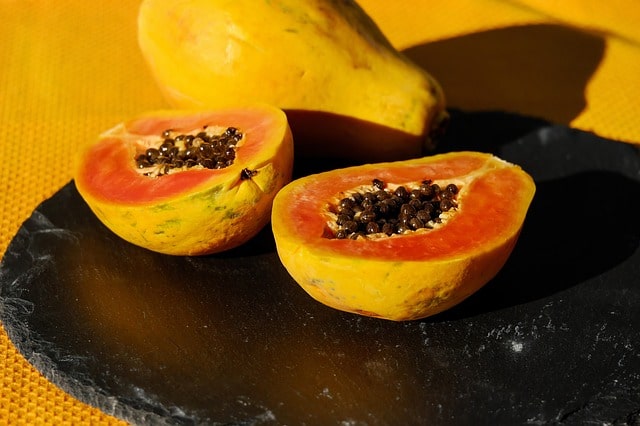
Tropical fruit of Carica papaya plant, grown in the family Caricacea.
This is actually a large berry with yellow skin and a soft orange flesh filled with small black seeds.
This fruit is native to Central and South America but cultivated in other tropical and subtropical areas as well.
It is very nutritious and more than 80 % made of water.
It is a rich source of vitamin C.
Paprika
Paprika is a spice made from dried and ground red peppers.
It is traditionally made from Capsicum annuum varietals in the Longum group, which also includes chili peppers, but the peppers used for paprika tend to be milder and have thinner flesh.
Parmesan
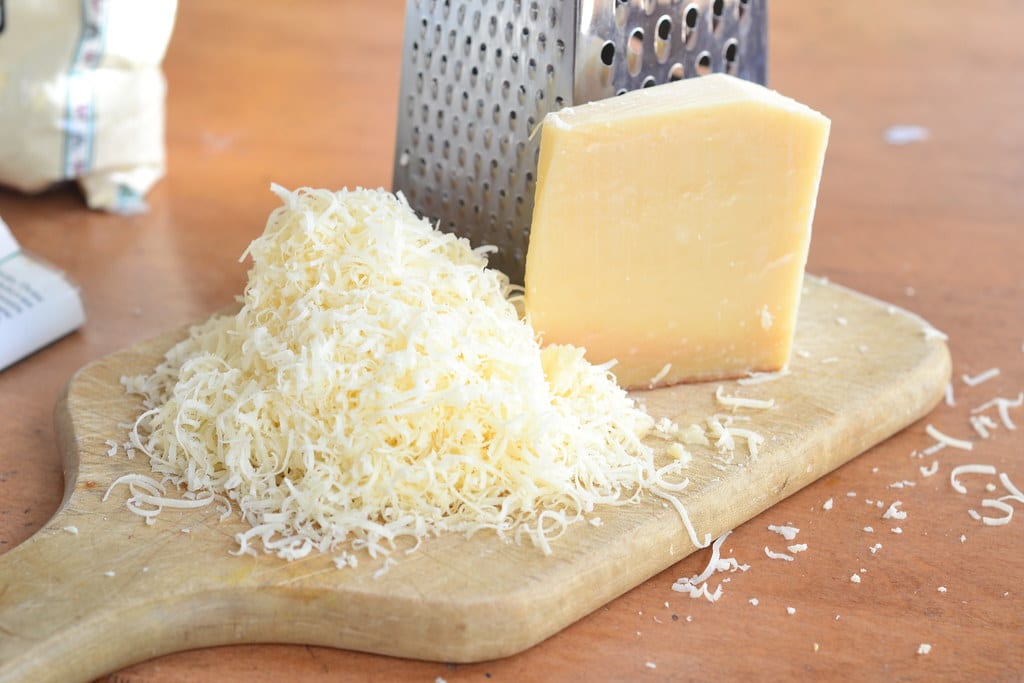
Parmesan (or Parmigiano-Reggiano) is an Italian type of hard, dry, cow’s milk cheese.
It is produced from skimmed or partially skimmed milk, aged for one to three years.
It is most often used grated over pasta, risotto, and salads.
It has a sharp, salty, nutty flavor and a gritty texture.
Passion Fruit
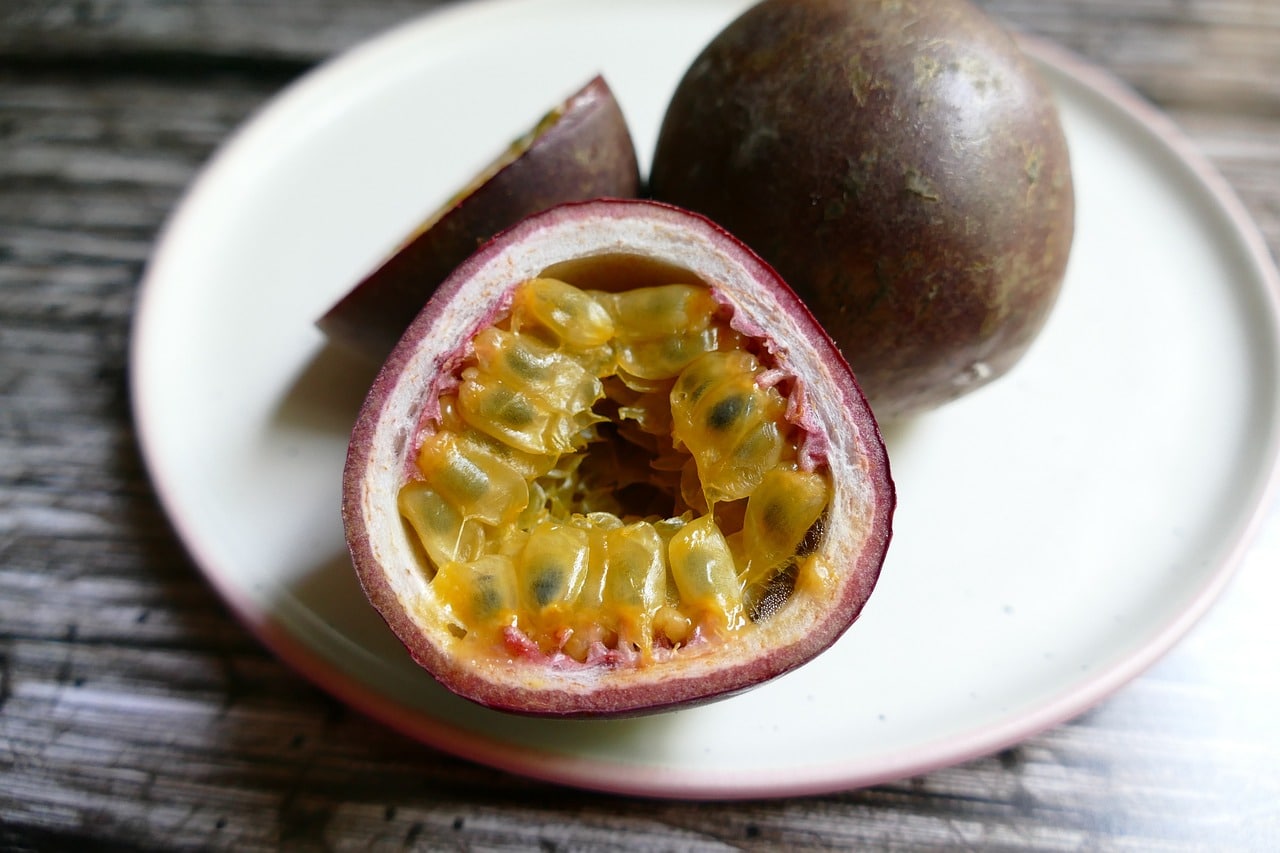
Round, purple fruit with soft orange pulp filled with tiny seeds.
This is a berry of passionflower, a tropical and subtropical species, native to the area that covers Brazil, Paraguay, and Argentina.
The fruit is sweet to sour in taste and juicy and soft in texture.
Passion fruit is a very good source of healthy vitamins and minerals, such as vitamins C, B, and A, iron, phosphorus, and potassium.
Pasta
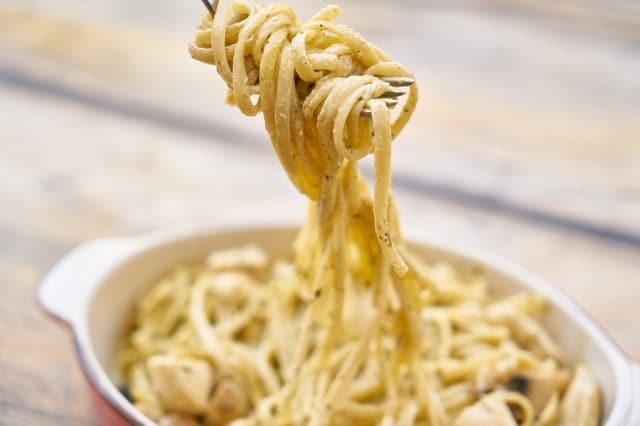
Pasta is made from wheat flour, water, and eggs and consumed cooked, baked, or boiled.
It is a staple food in Italy and produced and eaten around the world.
Pasta can be made in various shapes and sizes and it can be classified into fresh (handmade) and dried (commercially produced) types.
The most consumed are pene, spaghetti, macaroni, tagliatelle and lasagna.
Pastry
The pastry is a dough of flour, water, and shortening that may be savoury or sweetened.
Sweetened pastries are often described as bakers’ confectionery.
The word “pastries” suggests many kinds of baked products made from ingredients such as flour, sugar, milk, butter, shortening, baking powder, and eggs.
Pavlova Cake
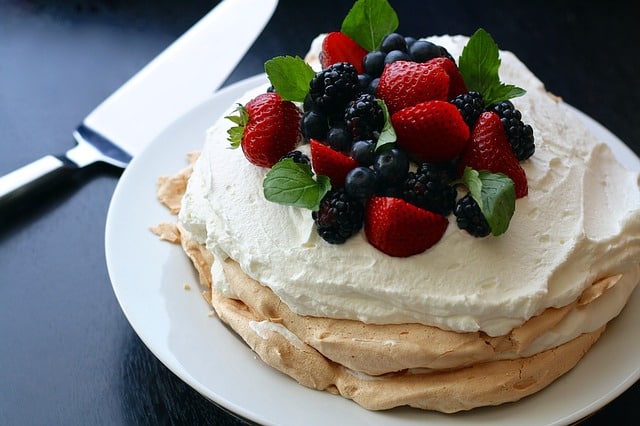
A dessert made of a slow-baked meringue crust topped with whipped cream and fresh fruits.
The crust consist of beaten egg whites mixed with sugar and lemon juice (or vinegar) to form a stiff texture, and flour.
After the cake is baked and cooled, it is topped with a layer of whipped cream and fruit of choice.
It has a light, sweet flavor and crispy-soft consistency.
The recipe was originally created in 1920 in honor of a Russian ballerina, Anna Pavlova, during her tour of Australia and New Zealand, where this cake has remained popular until today.
Peach
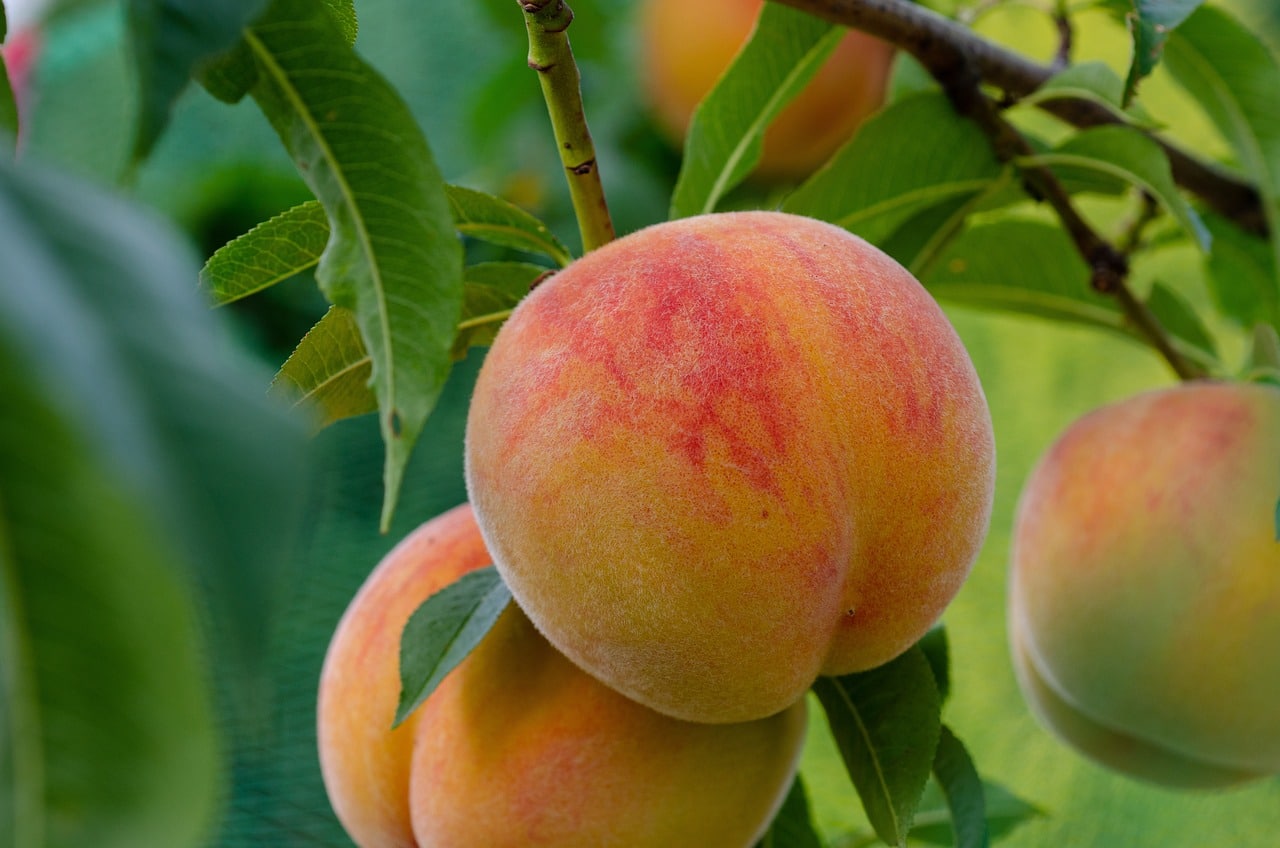
Drupe of the plant in the rose family (Rosaceae), native to Northwest China.
It is cultivated in warm climates classified into two varieties depending on whether the flesh sticks to its pit or not – clingstones and freestones.
They can both be very sweet (those with white pulp) or sweet-sour (those with yellow pulp).
They have red, white, or purple skin and a large brown, oval seed.
Peanut
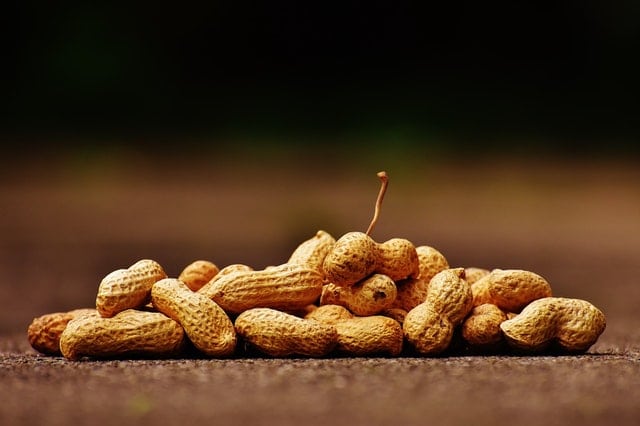
Seed of the legume cultivated in the tropic and subtropic climates.
Being similar in taste to nuts (almond, walnut, and hazelnut), it is often used the same way.
The seed is grown inside a firm pale brown shell covered with a thin brown coat.
It can be roasted and peeled or eaten plain with the coat.
It is pressed to produce peanut oil, used in cooking and salads, or ground to make peanut butter, a spread served on toast and in candies.
Pear
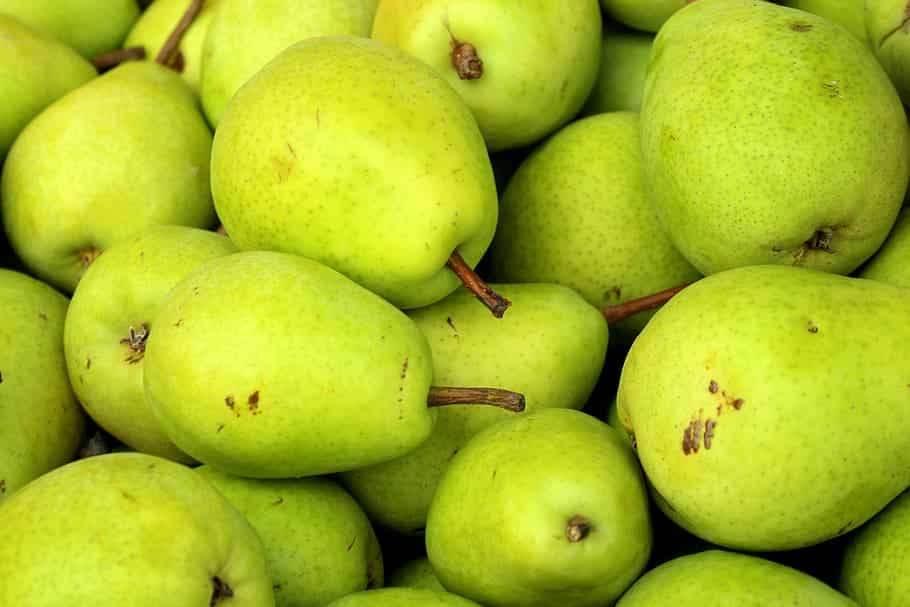
A pome fruit of the tree in the genus Pyrus.
Pears consists of an off-white pulp with brown seeds, covered in thin green to yellow edible skin.
The pulp is tender and juicy and it has a sweet flavor.
Pears are high in fiber, carbohydrates, and water content.
They are used fresh, canned, in jams, desserts, juice, and other beverages.
Pecan
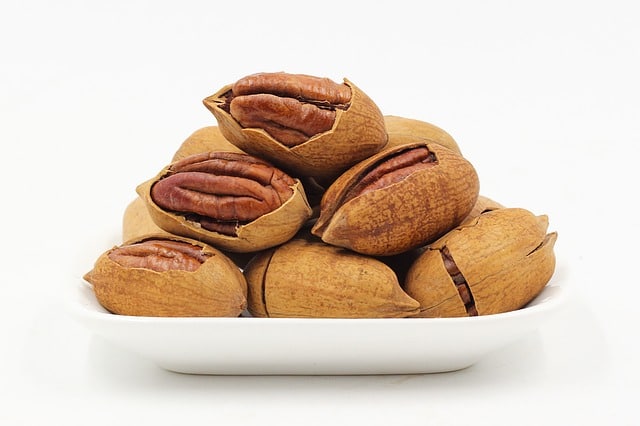
An edible seed of a tree of the hickory family (Carya piriformis).
It is a golden brown nut with cream flesh, that can be consumed raw or pies, confectionery, and salads.
Pecans can also be used to produce pecan butter and oil.
This nut is native to the United States and Mexico.
Among nuts, it is one of the richest sources of antioxidants and manganese.
Pecorino
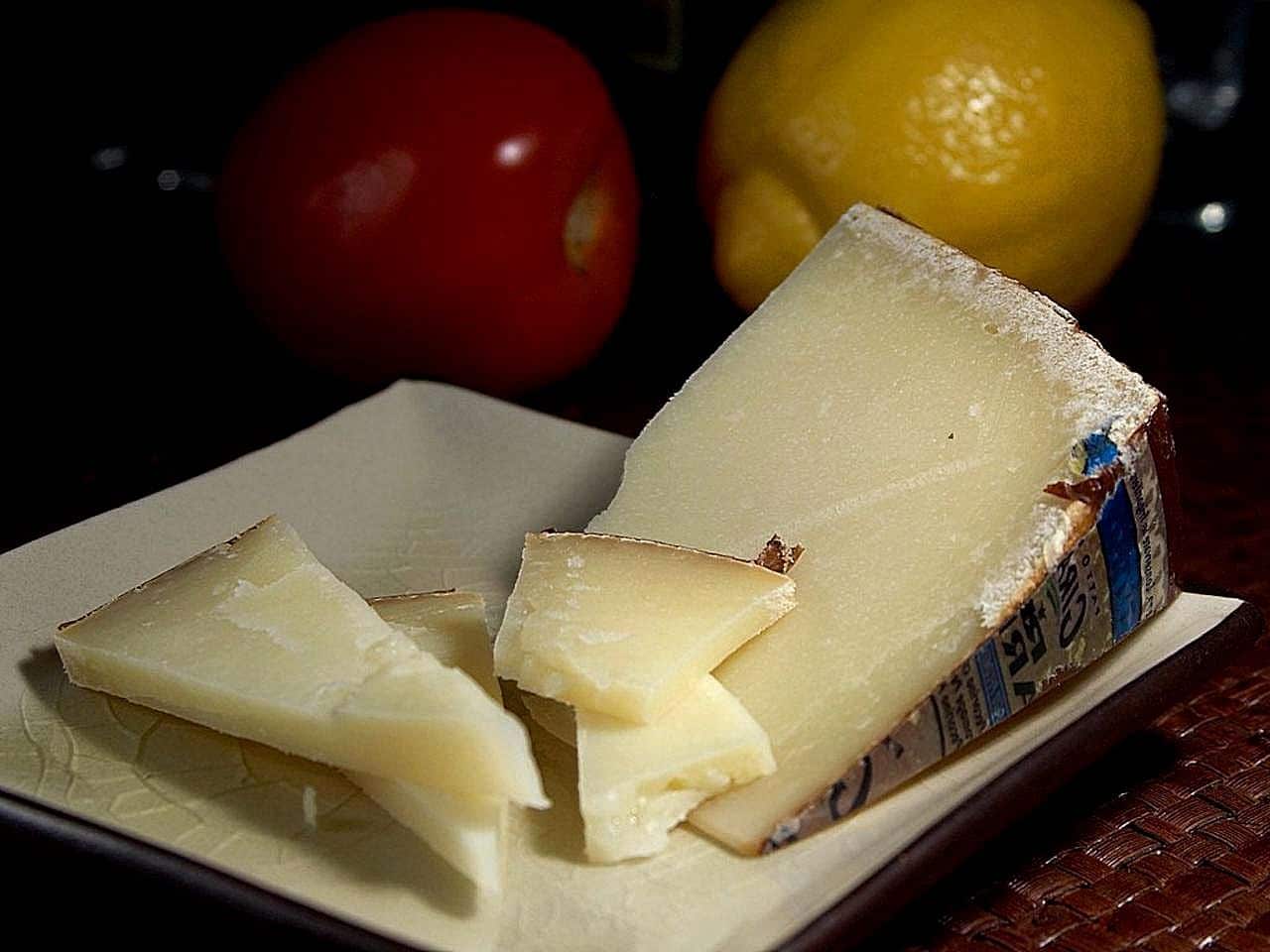
A type of Italian sheep’s milk cheese.
Because of its firm consistency, pecorino is mostly used grated – in salads, pasta, pizza, and other meals.
It adds a salty, nutty flavor and can be a good substitute for Parmesan cheese.
This flavorful cheese is produced in six main varieties, with pecorino romano being the most famous one.
They are hard in texture when well-aged or much softer and milder in taste when less matured.
Pepper
Black pepper is a flowering vine in the family Piperaceae, cultivated for its fruit, known as a peppercorn, which is usually dried and used as a spice and seasoning.
When fresh and fully mature, the fruit is about 5 mm in diameter, dark red, and contains a single seed, like all drupes.
Pepperoni
Pepperoni is an American variety of salami, made from cured pork and beef seasoned with paprika or other chili pepper.
Pepperoni is characteristically soft, slightly smoky, and bright red in color.
Thinly sliced pepperoni is a popular pizza topping in American pizzerias.
Perigourdine sauce
Sauce Périgourdine is a classic French compound sauce made from a demi-glacé with truffle essence added and garnished with chopped black truffles.
Persimmon
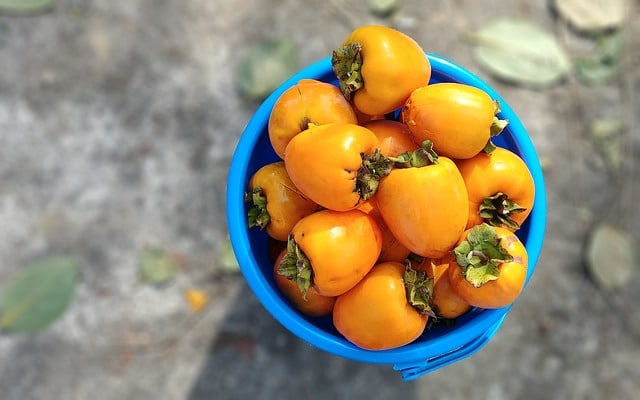
A round tropical fruit, botanically a berry of the trees within the genus Diospyros.
It is grown in many varieties, usually round or shaped like pumpkin or acorn.
The pulp can also vary in color, from being yellow to dark brown.
It is covered with edible smooth yellow or orange skin.
When unripe persimmons can taste tart, but they are usually very sweet.
They are eaten fresh, dried, or baked in desserts.
Pig’s trotters
Pig’s trotters are a cut of pork comprising of the pig’s feet, typically from the ankle down.
For some, they’re a real treat, and for others, they are a very unusual and daunting piece of meat.
Whilst they are commonly used in European cuisines, such as French cuisine where they are elevated to a fine dining dish, it’s still a little rare to see them on British menus.
Pinolo
Pignoli are a type of Italian cookie popular in all of southern Italy, and in Sicilian communities in the United States.
The cookie is a light golden color and studded with golden pine nuts (also called pignoli).
Made with almond paste and egg whites, the cookie is moist, soft, and chewy beneath the pine nuts.
Pie crust
The outside covering of a pie will serve as a wrapping to keep the ingredients contained within the dessert.
A pie crust is made from dough that is prepared with flour, shortening, butter, and water.
Pineapple
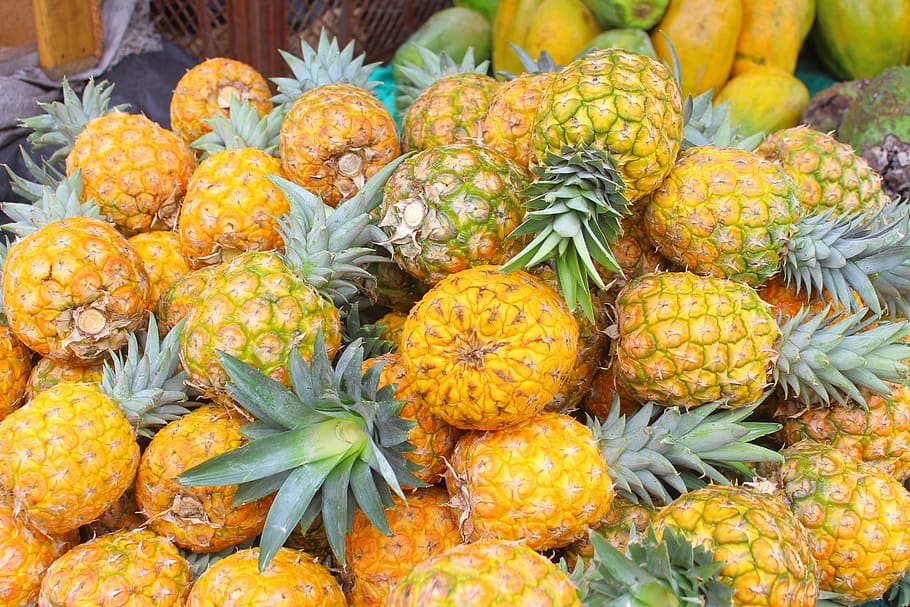
Tropical fruit made of hundreds of individual flowers joined into one large compact fruit.
The flesh inside is yellow and very juicy and sweet, while the rind is firm and spiky.
It is ovoid-shaped, resembling a pine cone.
On the top, it has a short stem with large green leaves.
Pineapple is the fruit of the plant Ananas comosus of the family Bromeliaceae, native to South America, but cultivated in other tropical regions as well.
Pistachio
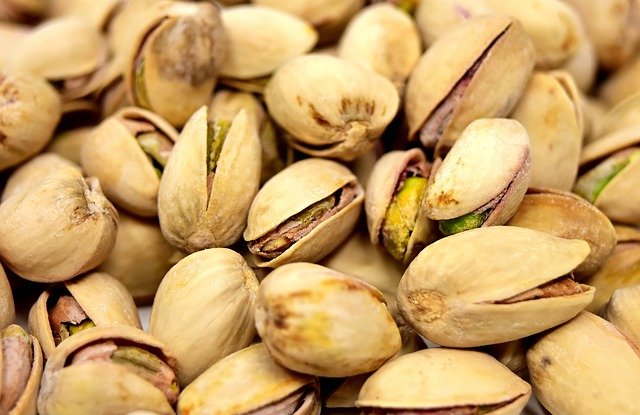
The small bright green nut of the cashew family (Anacardiaceae), known for its distinctive, sweet flavor.
It is originally cultivated in Western and Central Asia, from where the majority of today’s commercially produced pistachios come from.
The fruit is a drupe with an edible seed (nut) inside a cream-colored shell.
It is a very good source of monounsaturated fat, vitamin B1 and B6, iron, manganese, magnesium, phosphorus, and potassium.
Pita Bread
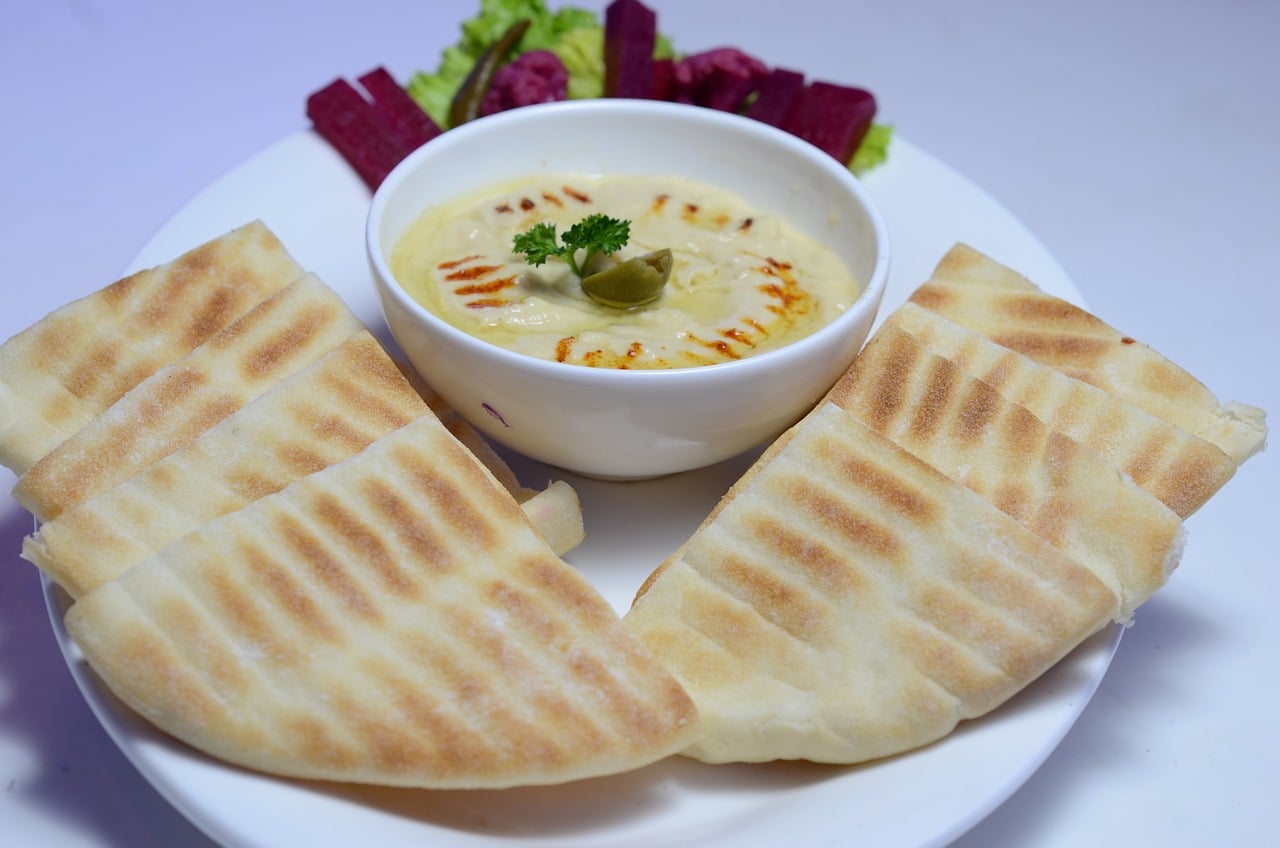
Flat round bread, made from wheat flour.
It is traditionally used in Middle Eastern and Mediterranean cuisine, eaten dipped in hummus or wrapped around falafel, kebabs, and other vegetable and meat specialties.
Pitaya
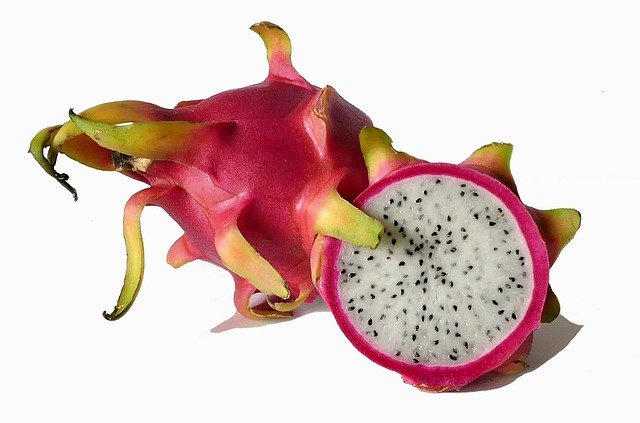
A tropical fruit, native to Central and South America.
It can be easily recognized by its reddish-pink skin with green spikes. Inside the skin is white juicy flesh with small black seeds.
Its flavor is similar to kiwi or pear.
It is also known as dragon fruit or strawberry pear and it is grown in tropics and subtropics.
Pizza
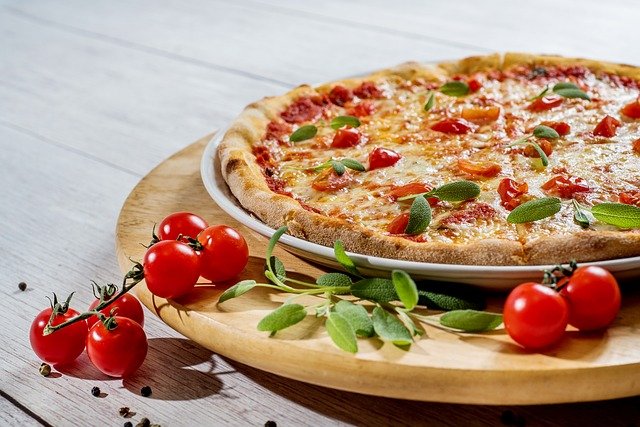
A round flatbread dough layered with tomato sauce, cheese, and many other toppings.
It is baked at a high temperature until cheese melts and the crust is brown and crispy.
The list of pizza ingredients is quite long, but ham, sausages, mushrooms, rockets, tomatoes, and olives are the most common ones.
This is an original Italian specialty with a variety of recipes created worldwide.
It is served warm cut in slices.
Plum
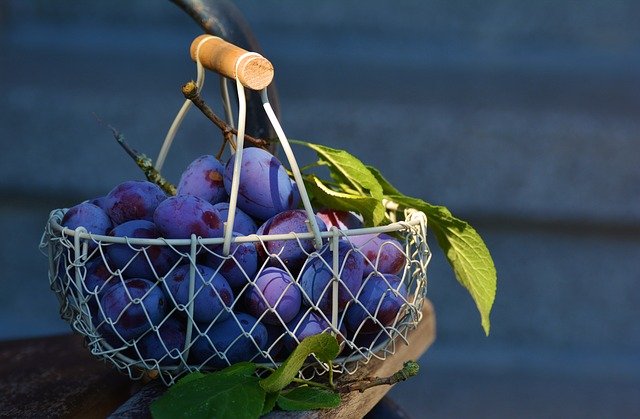
Round or ovoid drupe with firm, juicy flesh and smooth skin that can vary in color.
This is a fruit of the genus Prunus, closely related to cherries, apricots, almonds, nectarines, and peaches.
Two mainly cultivated varieties are Japanese or Chinese plum (Prunus salicina) and European plum (Prunus domestica).
They can have yellow, red, green, purple, or blue skin and a very sweet flavor, with some varieties being slightly acidic.
Polenta
Italian cooked cornmeal dish.
Polenta is boiled in water until soft and thick.
It can be eaten dipped in milk or yogurt or allowed to cool when it can be sliced like bread and additionally grilled or fried.
Slices of polenta are served with soups, stews, and other cooked meals.
Polenta is a staple food in Italy, the Balkans, Argentina, and Switzerland.
Pomegranate
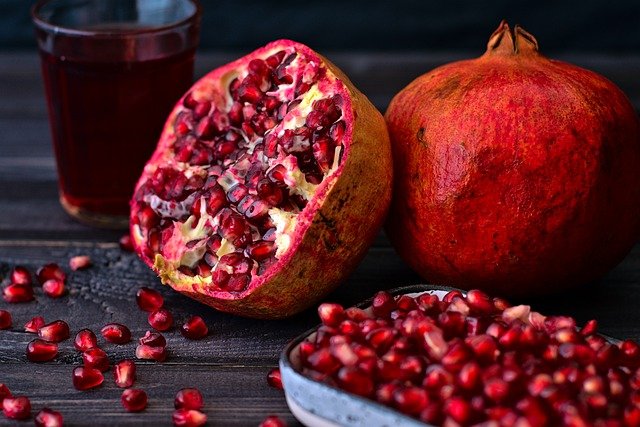
A fruit berry of the Punica granatum plant.
It is known for its red to purple skin and hundreds of small edible seeds that can be eaten raw or made into sweet-sour juice.
Pomegranate is cultivated in the Mediterranean, Western, Central and Southeast Asia, and South America.
Its juice is used in desserts, jams, healthy smoothies, and Grenadine syrup, a popular cocktail ingredient.
Popcorn

Popcorn is made of corn kernels which, once heated, expand and become light and fluffy.
They are white and airy, usually served as a savory dish, seasoned with salt, spices, and herbs (garlic powder, onion powder, basil, rosemary, or chili powder), or sweet, covered in caramel sauce.
They are a popular movie theater snack food.
Popovers
A popover is a light roll made from an egg batter similar to that of Yorkshire pudding, typically baked in muffin tins or dedicated popover pans, which have straight-walled sides rather than angled.
Pork rinds
Pork rinds are the American name for fried or roasted skins of pigs.
Pieces of fried meat, skin, or membrane produced as a byproduct of rendering lard are also called cracklings.
Cracklings consist of either roasted or fried pork rind that has had salt rubbed into it and scored with a sharp knife: a crackling offers a square of skin that cracks when you bite into it, giving way to a little pocket of hot fat and a salty layer of pork meat.
Pote Gallego
Pote Galego or simply caldo, also known as Caldo Gallego, meaning literally “Galician broth”, is a traditional soup dish from Galicia.
It is similar to Caldo Verde, very popular in neighboring Portugal.
Ingredients include repoll, versus, grelos, or navizas; potatoes; white beans; and unto.
Potatoes
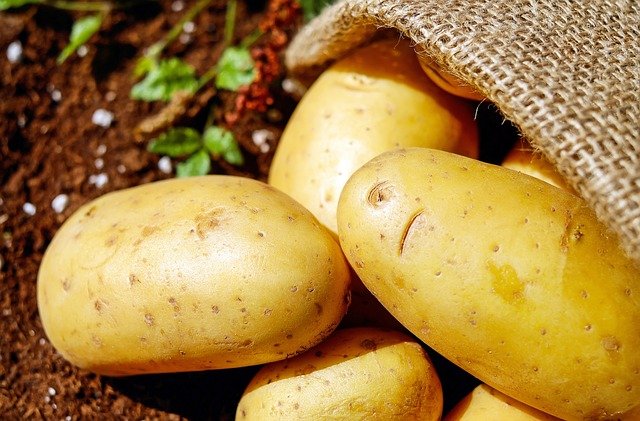
A tuber of the plant Solanum tuberosum, native to the Americas and cultivated worldwide.
Potatoes usually have white or light pink skin and white or yellow flesh, but this can vary from type to type.
They are grown in more than 4 000 varieties, with russet, Yukon gold, and red potatoes being the most consumed ones.
This is a very versatile vegetable that can be used in many ways – baked, fried, deep-fried, cooked, or boiled.
Mashed potatoes, French fries, potato salad, potato chips, and hash browns are just a few of many well-known potato dishes.
Pound Cake
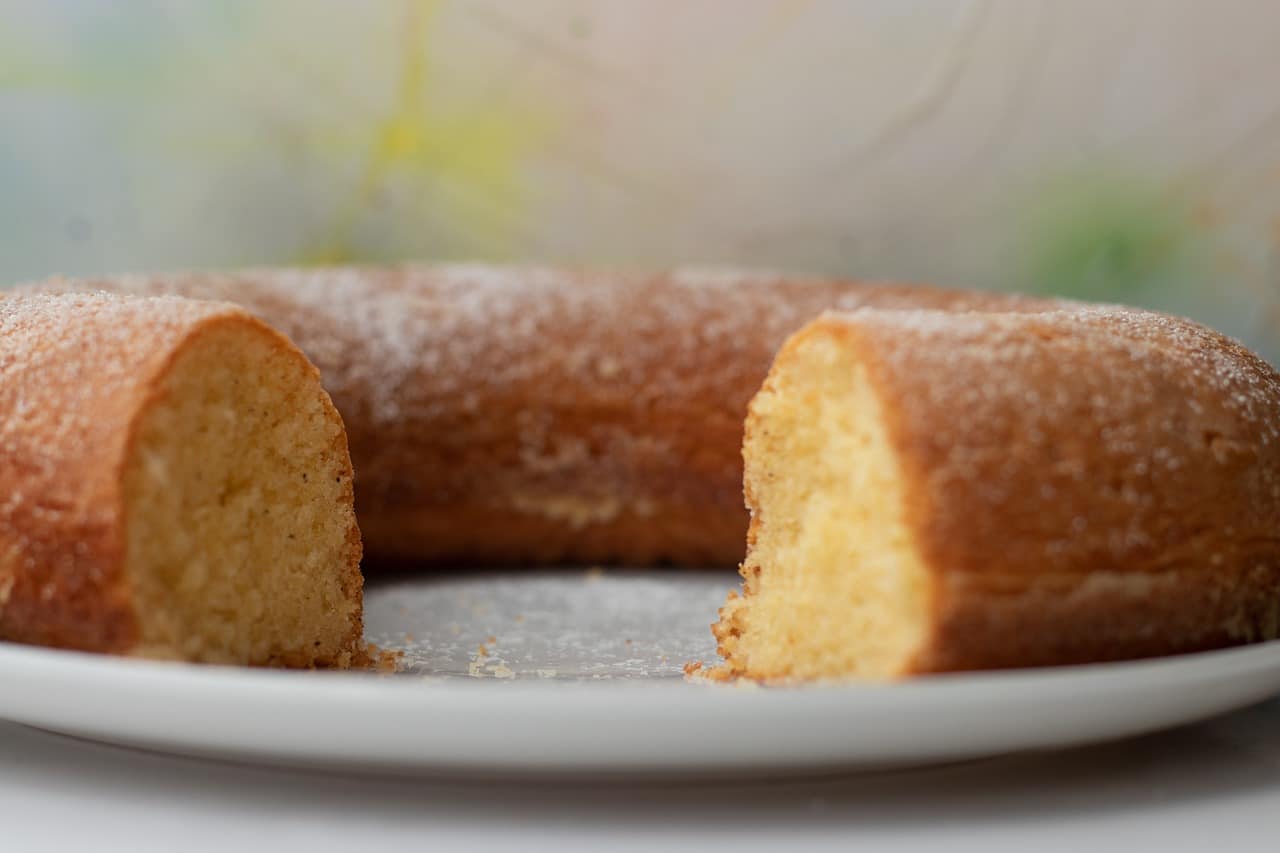
A dense and moist cake shaped like a loaf.
It can be also baked in a bundt pan.
Its name comes from the traditional recipe that uses exactly one pound of each ingredient: eggs, flour, butter, and sugar.
European, North American, or South American varieties include additional ingredients to enrich the flavor and texture.
Thus, based on the origin of the recipe, the cake can be flavored with vanilla, rum, lemon juice, nuts, cocoa, and other ingredients.
Provolone
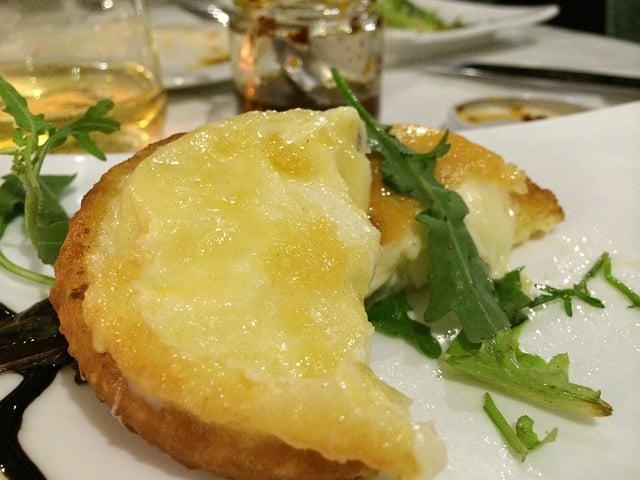
Italian cow’s milk cheese with a mild taste and a semi-hard consistency.
It is produced from pasteurized or unpasteurized milk and aged for at least four months.
Provolone is firm, smooth, and easily melting cheese.
It is pale yellow with a waxed rind.
Pumpkin
A pumpkin is a cultivar of winter squash that is round with smooth, slightly ribbed skin and is most often deep yellow to orange in coloration.
The thick shell contains the seeds and pulp.
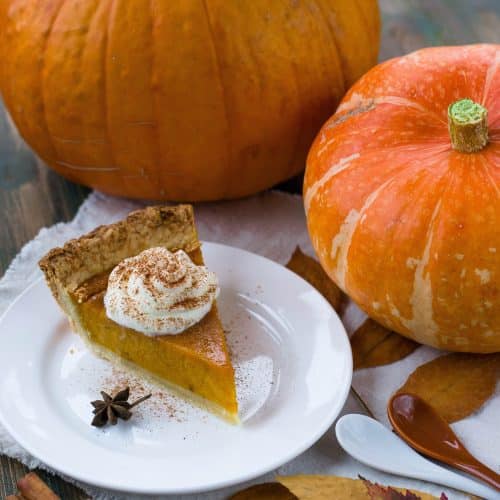
Pumpkin Pie
Equipment
- 1 oven
- 1 medium bowl
Ingredients
- 15 ounce pumpkin puree
- 14 ounce Sweetened Condensed Milk
- 2 large eggs
- 1 teaspoon cinnamon ground
- ½ teaspoon ginger ground
- ½ teaspoon nutmeg ground
- ½ teaspoon salt
- 9 inch unbaked pie crust
Instructions
- Preheat the oven to 425° F. (220 degrees C).
- In a medium mixing bowl, combine pumpkin puree, condensed milk, eggs, cinnamon, ginger, nutmeg, and salt. Pour into the pie crust.
- Bake for 15 minutes in a preheated oven.
- Reduce the oven temperature to 350°F (175°C) and bake for 35 to 40 minutes, or until a knife inserted 1 inch from the crust comes out clean.
- Allow to cool before serving.
